
Bathroom
Choosing Bathroom Fixture Finishes - Inspiration & FAQ
10.22.2025
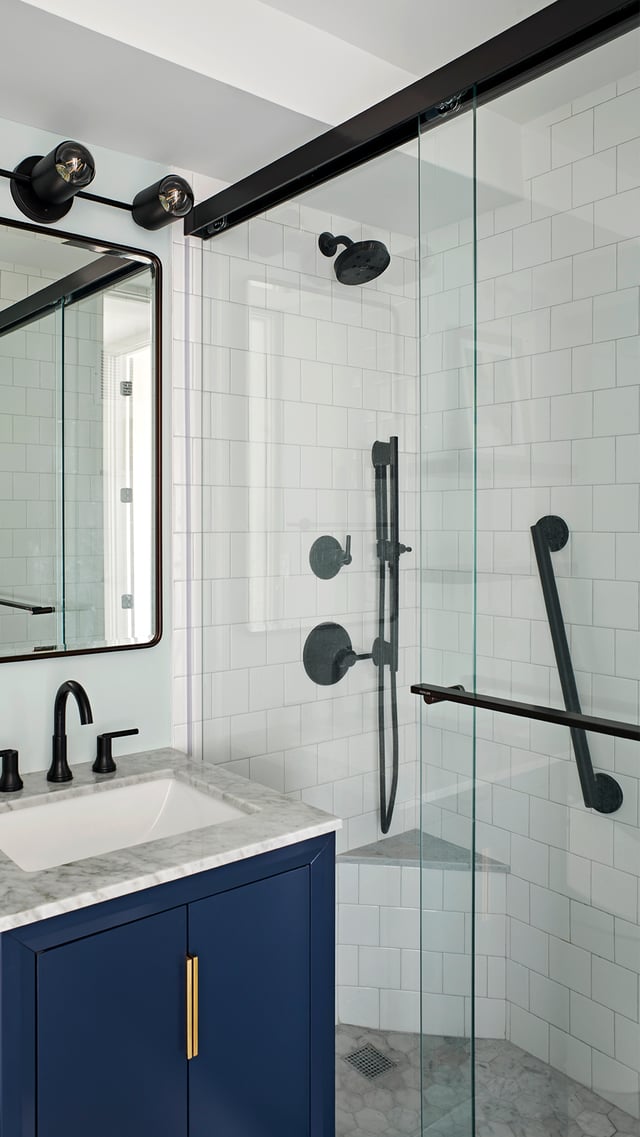
In This Article
When planning a home renovation or evaluating a property's layout, bathrooms play a critical role in determining comfort, functionality, and resale value. You’ve likely heard of half baths and full baths, but what about the three-quarter bath?
Though lesser-known, three-quarter bathrooms offer a balanced blend of utility and space efficiency. This article will help you understand exactly what a three-quarter bath is, how it compares to other types of bathrooms, and whether it's the right fit for your home. If you're considering a bathroom addition or remodel, this is the guide you need.
Design a Home That’s Uniquely Yours
Block can help you achieve your renovation goals and bring your dream remodel to life with price assurance and expert support.
Get Started
A three-quarter bathroom (aka 3/4 bath) is a bathroom that includes three out of the four standard bathroom fixtures:
It does not include a bathtub, which is what distinguishes it from a full bathroom. While older real estate listings might have inconsistently labeled three-quarter baths, the modern standard clearly defines them by their components.
Bathrooms are classified based on the number of main fixtures:
So, a three-quarter bath contains about 75% of the amenities found in a full bathroom—hence the name.
The layout of a three-quarter bathroom is typically compact yet efficient. Common configurations include:
Minimum space requirements generally range from 35 to 50 square feet, although creative layouts can shrink or expand this range depending on your design choices.
Three-quarter bathrooms are ideal for smaller spaces, including:
They require less room than full bathrooms, making them perfect for tight layouts or awkward corners.
Because you're installing one less fixture (no bathtub), the cost of building or remodeling a three-quarter bathroom is generally lower. This includes:
HomeAdvisor reports that converting a half bath to a three-quarter bath could cost $5,000–$12,000, depending on the quality of finishes and existing plumbing access.
Adding a three-quarter bath can increase your home’s value and appeal to buyers—especially in homes that already have a full primary bathroom. It provides convenience for guests, improves the function of secondary bedrooms, and enhances overall marketability.
Many people today prefer showers to baths. A three-quarter bath provides all necessary features for daily hygiene without taking up the extra space required for a tub.
Bring Your Dream Bathroom to Life

The biggest drawback is the absence of a bathtub, which can be an issue for:
If your home only has one bathroom, replacing a full bath with a three-quarter may hurt resale potential.
While showers are often more accessible than bathtubs, they require careful design to be truly safe:
If accessibility is a priority, these features should be integrated into the design.
In some real estate markets, especially those with families, buyers expect at least one full bath. A home with only a three-quarter bath might face resistance during resale unless it includes an ensuite full bathroom elsewhere.
Three-quarter bathrooms are perfect for guest spaces where bathing needs are minimal. They provide convenience and privacy without requiring as much space or cost as a full bath.
Basement remodels often face space limitations. A three-quarter bath can turn a basement into a fully usable living space.
Three-quarter baths are excellent for:
They meet code requirements for full occupancy and add flexibility to rental spaces.
|
Type |
Fixtures |
Ideal For |
Avg. Size |
|
Quarter Bath |
Toilet |
Poolside or outdoor access |
~10–15 sq ft |
|
Half Bath |
Toilet, Sink |
Guest use, powder rooms |
~18–30 sq ft |
|
Three-Quarter |
Toilet, Sink, Shower |
Guest suites, rentals, small homes |
~35–50 sq ft |
|
Full Bath |
Toilet, Sink, Shower, Tub |
Family use, resale value |
~40–60+ sq ft |
Due to limited space, prioritize storage with:
Consider:
These selections will open up floor space and improve circulation.
Small bathrooms are more prone to humidity. Always install:
To make a small three-quarter bath feel more spacious:
Always consult your local building codes before beginning construction. Some considerations include:
Renovate with confidence every step of the way
Step 1: Personalize Your Renovation Plan
Step 2: Receive Quotes from Trusted Contractors
Step 3: Let Us Handle the Project Details

A three-quarter bath is a smart, flexible solution that suits many modern homes. Whether you're converting a powder room into something more useful, adding a basement bathroom, or designing a guest suite, this layout offers great utility without demanding major space or cost.
Before you commit, assess your household’s needs, resale goals, and space availability. With thoughtful planning and execution, a three-quarter bath could be one of the most valuable updates you make to your home.

Written by Block Renovation
Can you sell a house with only a three-quarter bathroom?
How much space do you need for a three-quarter bath?
Can I convert a half bath into a three-quarter bath?
Does a three-quarter bath count as a full bath in listings?
How can I make a small three-quarter bathroom feel bigger?
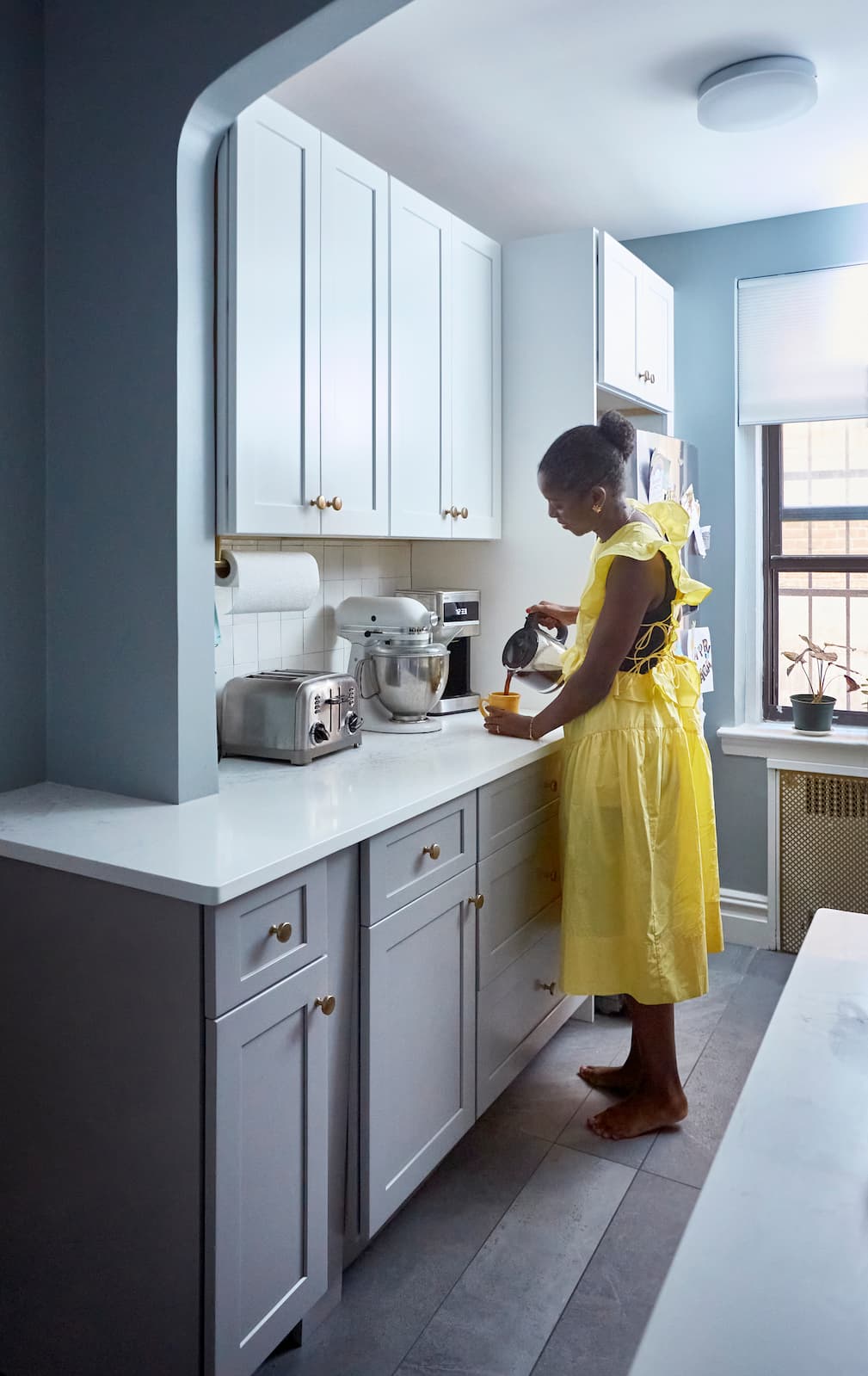
Renovate confidently with Block
Easily compare quotes from top quality contractors, and get peace of mind with warranty & price protections.
Thousands of homeowners have renovated with Block

4.5 Stars (100+)

4.7 Stars (100+)

4.5 Stars (75+)

Bathroom
Choosing Bathroom Fixture Finishes - Inspiration & FAQ
10.22.2025
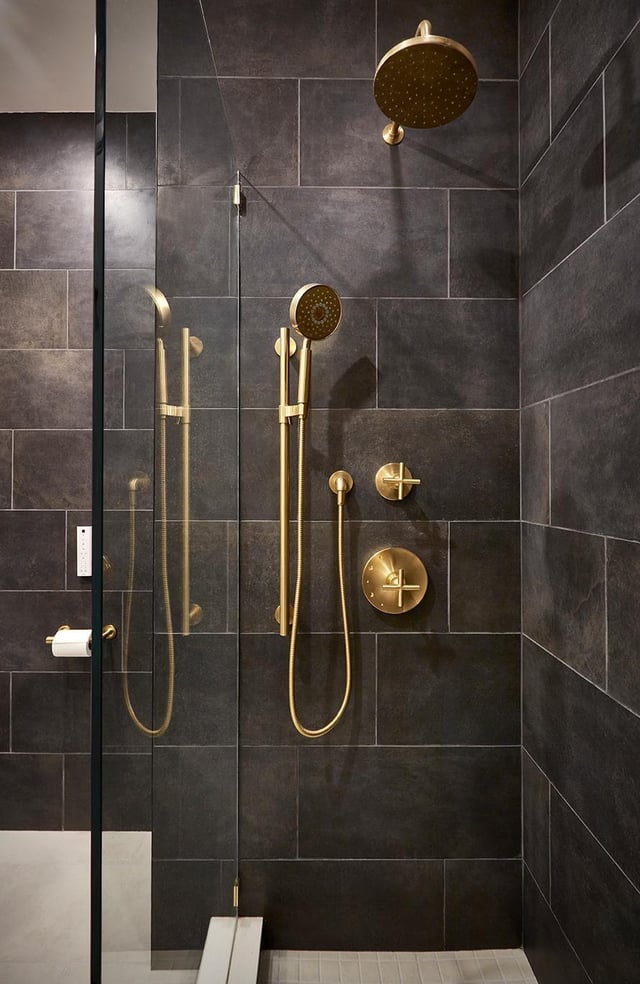
Bathroom
Designing a 40-Square Foot Bathroom? Here’s What Actually Matters
10.22.2025
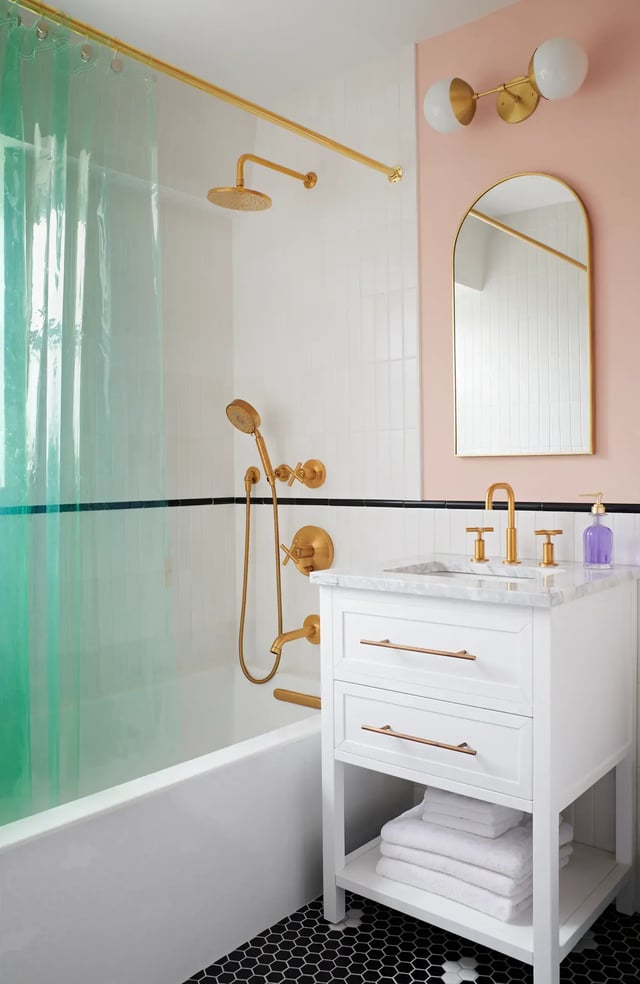
Bathroom
Different Types of Bathroom Sinks
10.22.2025
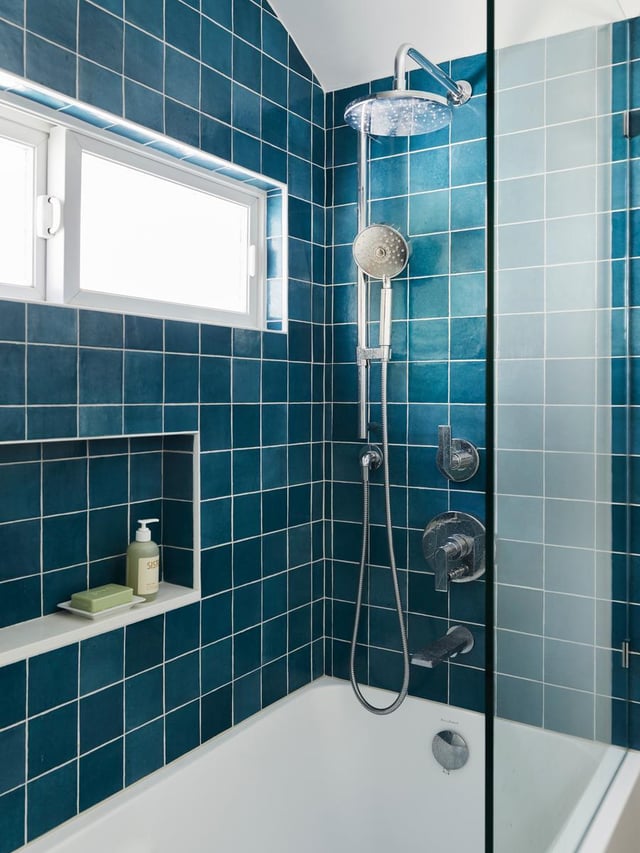
Bathroom
Showers with Windows to Inspire Your Bathroom Design
10.22.2025
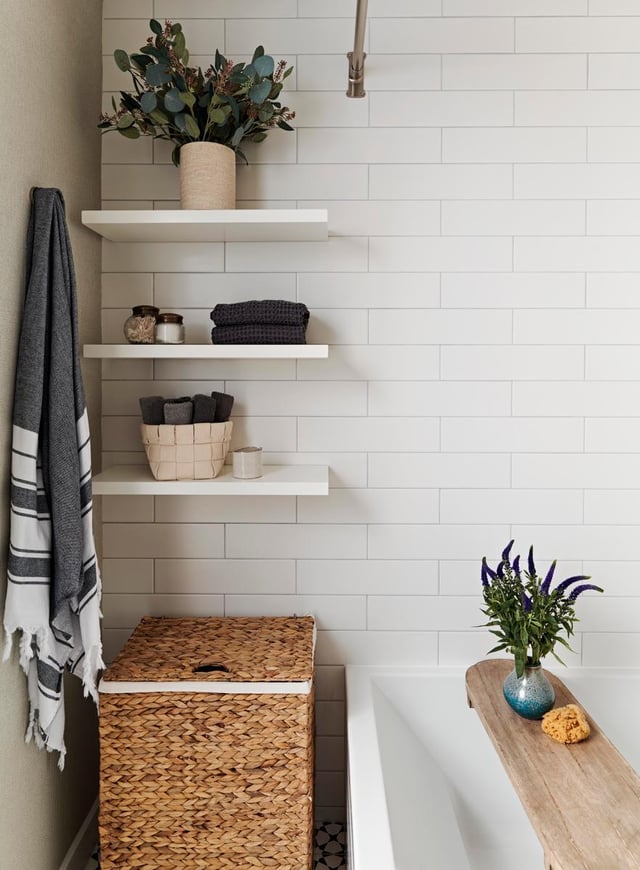
Bathroom
Small White Bathroom Design Ideas
10.22.2025
Renovate confidently